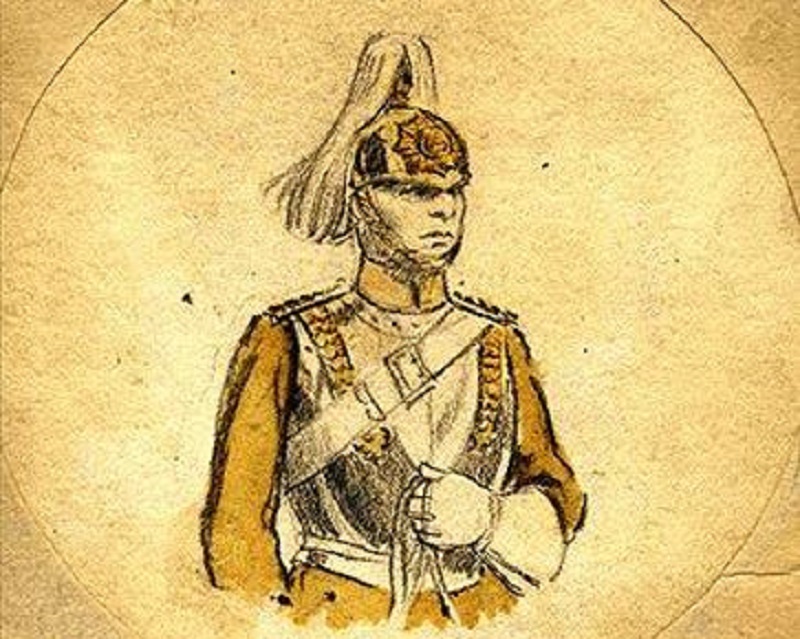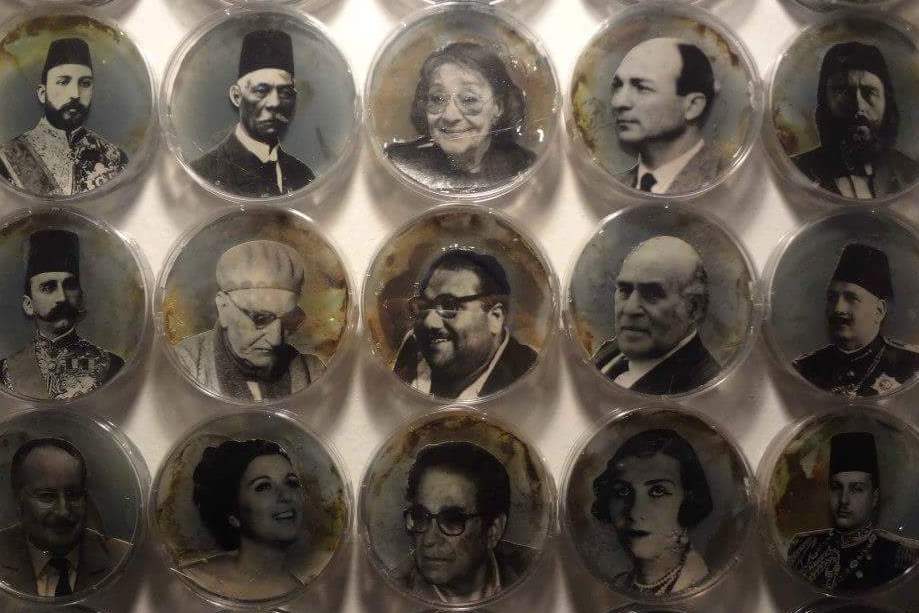Bio-Art: Science and Art in Harmony
Share




Art and science seem like the opposite poles of a magnet; each going an opposite way. In fact, art and science work separately and produce different results; whereas art relies on imagination, science relies on facts. Nevertheless, art and science have been in harmony throughout the ages, contributing to achieve powerful, fascinating, and sometimes strange results. There are several examples on this harmony, such as the spherical Earth, gravity, as well as numerous devices and weapons that depended on artists' imagination and scientists' facts.
Bio-art is one of these interesting and strange examples; it is a new trend that represents the peak of harmony between plastic arts and biological sciences. It is an artistic practice that involves the use of living tissues, bacterial mediums, genetic sciences, and biological processes as art tools, instead of the brush and colors.
It is a kind of art that cannot be sold or owned; it is changeable, taking a different form everyday. It is affected by light and heat; it starts alive then dies gradually. This kind of art is produced in both laboratories and ateliers; it only requires a clean and sanitized environment to be controlled. While some deal with this art with a focus on colors and color combinations, others utilize different images, shapes, and types of fungi and bacteria to deliver a certain message or idea through the growth and development of these organisms.

The first to draw biological images was the Scottish scientist Alexander Fleming, who was interested in art. He discovered penicillin by accident while drawing a portrait, as a result contributing to saving millions of lives. He used to draw soldiers, mothers feeding their babies, houses, and other images using bacteria. He produced these paintings by coloring some bacteria using natural pigments. He then filled the glass plates with agar, a gelatin-like medium that stimulates bacterial growth. Then, he used a laboratory tool to cultivate different types. This method was extremely difficult, since he had to find the bacteria and microbes carrying different colors.

Bio-art gained fame by the end of the twentieth century through the works of pioneer artists such as John Davis and Eduardo Kac. Kac became internationally renowned when he utilized bioengineering to make a rabbit glow in the dark. He injected a rabbit's ovum with a green fluorescent substance, a practice that created a stir among some critics and audience. Then, in 2006, he showcased his work “Secret Models of Marvelous Discoveries” in Singapore. The artwork comprised six glass models containing greasy sediments and microorganisms that form changeable shapes. “In the sixties, artists used to bring plants to the exhibition hall. Bio-art, on the other hand, uses, controls, and changes plants to deliver a message”.
Heba El Aziz, an Egyptian contemporary plastic artist interested in experimental mediums, especially biological ones, is the most famous artist in the field in the Arab world. She graduated from the Faculty of Art Education, then obtained her PhD in Bio-Art. El Aziz participated in numerous international art exhibitions and workshops to showcase her endeavors with bio-art. The latest of which was the eighth round of the Artist's Book Biennale 2018, held at the Bibliotheca Alexandrina.

Artist Heba El Aziz makes sanitized cultures for some types of harmless bacteria inside Petri dishes. She has developed her works from a mere projection of bacteria colors under light and heat effects. She uses images of eminent world figures, placing them in mediums suitable for bacterial growth. She then makes bacteria cultures, controls their colors and their growth on the image; as the bacteria develops, it produces different effects.

We do not know for sure where this magnificent advancement in art and its relation with science will lead us; each day is with new and different updates. Some people might agree with new types of art and some might disagree. Viewing them and dealing with them is up to the judgement of the audience.
References
Tarek Kabeel, Bio Art... The Intermarriage of Art and Life Sciences, Al-Arabi Al-Kuwaiti Magazine, 2017.
Artist Heba Aziz's lecture, TEDx.
smithsonianmag.com
alghad.com
*Published in SCIplanet, Autumn 2018 Issue "Science and Art".